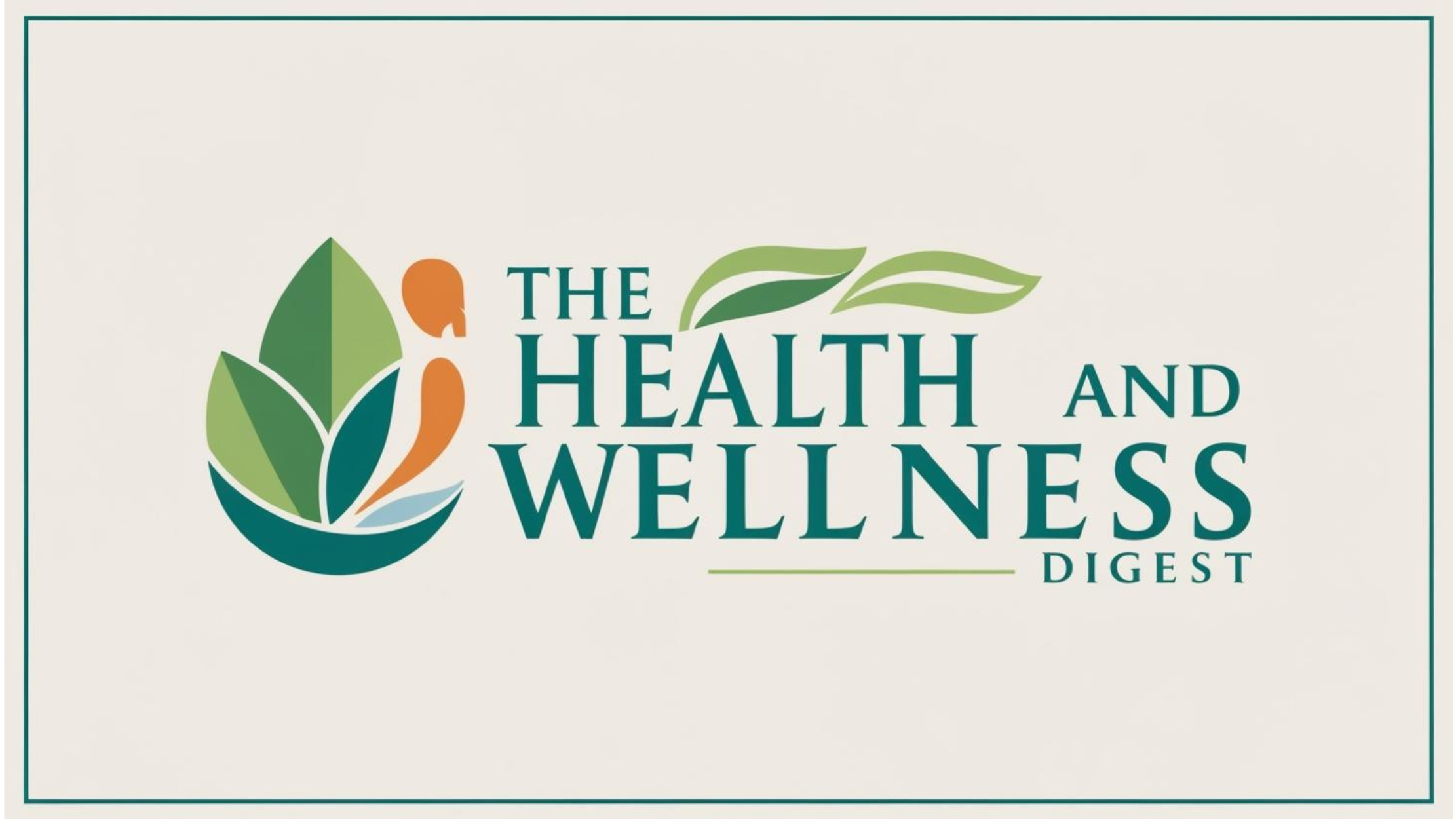
The Emergence of the NB.1.8.1 COVID Variant
As concerns over COVID-19 begin to resurface amidst predominantly stable case numbers, a new variant, NB.1.8.1, has emerged rapidly, catching the attention of health professionals and the global community alike. Monitored by the World Health Organization (WHO), this variant has been detected in 22 countries and is seen as a potential cause for a shift in the ongoing pandemic narrative.
Experts like Perry N. Halkitis, PhD, from the Rutgers School of Public Health indicate that the speed at which NB.1.8.1 is spreading may imply a higher transmissibility rate. This variant, related to the Omicron strain, poses intriguing questions about its impact on the already fluctuating virus landscape.
Symptoms of the New Variant: What You Should Know
As COVID variants tend to exhibit certain similarities, NB.1.8.1's symptom profile is notably reminiscent of prior strains. Common symptoms reported by the CDC include:
- Fever or chills
- Cough
- Shortness of breath or trouble breathing
- Sore throat
- Congestion or a runny nose
- New loss of taste or smell
- Fatigue
- Muscle or body aches
- Headache
- Nausea or vomiting
In essence, if individuals begin to experience these symptoms, it may be wise to seek medical advice. The familiarity of these symptoms makes it increasingly vital to remain vigilant, especially as cases of this variant have already been detected within the United States.
Current Status in the United States: Vigilance Required
With confirmed cases appearing in the U.S., health experts assert that rapid monitoring and strategic responses are essential. The surge in NB.1.8.1 cases observed from early April to mid-May demonstrates a significant uptick, from 1.6 percent of total COVID cases to nearly 5 percent. Swift identification and response could be crucial in mitigating larger outbreaks.
Although the Centers for Disease Control and Prevention (CDC) has yet to formally classify this variant on their variant tracker, the fact remains that new infections could unfold swiftly, reshaping public health responses, particularly regarding existing vaccine protocols.
Preparedness: What Can You Do?
Historically, vaccination has been the frontline defense against COVID-19, and while hopes remain for continued vaccine availability, recent changes have limited access for certain populations. As such, the methods for self-protection against COVID-19 are shifting.
Experts recommend maintaining good health practices such as:
- Wearing masks in crowded locations
- Practicing good hygiene, including frequent hand washing
- Monitoring local health guidelines regarding social distancing and vaccination
While the emergence of new variants can generate anxiety, taking preventative measures continues to be the best strategy.
The Importance of Awareness and Continuous Monitoring
The fluidity of the COVID-19 situation requires continual awareness from both health authorities and the public. Symptoms like those associated with NB.1.8.1 underline the necessity of staying informed and responsive to changes in the virus. The persistent evolution of COVID-19, including variants, emphasizes the crucial role of public health information in navigating these uncharted waters.
Conclusion: Stay Informed and Ready to Act
The emergence of the NB.1.8.1 variant serves as a reminder that COVID-19 remains a dynamic challenge. With its rapid spread, being alert to symptoms can significantly influence outcomes. The key takeaway? Know the symptoms and protect yourself and your loved ones.
As we navigate this evolving landscape, it’s essential to remain engaged with updates from health professionals and public health organizations to ensure we adapt swiftly and safely. Embracing healthy practices and informed decision-making will empower us to confront this challenge head-on.
 Add Row
Add Row  Add Element
Add Element 



 Add Row
Add Row  Add
Add 


Write A Comment